Rummy nose tetra - Hemigrammus rhodostomus
Scientific name: Hemigrammus rhodostomus
Common name: Rummy nose tetra
Family: Characidae
Usual size in fish tanks: 2 - 4 cm (0.79 - 1.57 inch)
014
Recommended pH range: 6 - 7.5
Recommended water hardness: 4 - 12°N (71.43 - 214.29ppm)
0°C 32°F30°C 86°F
Recommended temperature range: 23 - 29 °C (73.4 - 84.2°F)
The way how these fish reproduce: Spawning
Where the species comes from: South America
Temperament to its own species: peaceful
Temperament toward other fish species: peaceful
Usual place in the tank: Middle levels
Short description
The Rummy nose tetra (Hemigrammus rhodostomus) is a classic South American schooling tetra famed for its ruby-red snout and the black–white tail band. It’s a calm, tightly schooling midwater fish that looks best in groups of 10 in a softly lit, well-planted tank with clean, soft, slightly acidic water. Note that the trade frequently mixes three very similar species: H. rhodostomus (this profile), H. bleheri (Brilliant rummy nose), and Petitella georgiae (False rummy nose).
Origin
Native to the Brazilian Amazon lowlands (lower Amazon drainage). It inhabits calm creeks and floodplain backwaters with soft, acidic water, leaf litter, and subdued light. Many “rummy noses” in shops may instead be H. bleheri (upper Rio Negro/Orinoco region) or P. georgiae (western Amazon), which explains conflicting locality notes in older sources.
Food
An omnivorous micro-predator. Offer a quality micro-pellet or fine flake as the staple and supplement with small frozen/live foods such as daphnia, baby brine shrimp, cyclops, and finely chopped bloodworms. Live bloodworms can be relished but should remain an occasional treat rather than the main diet.
Sexing
Females are slightly deeper-bodied and rounder when gravid; males are slimmer. External differences are subtle.
Breeding
Typical egg scatterer. Use a separate dim tank with very soft, slightly acidic water and fine-leaved plants or spawning mops (or a mesh to protect eggs). Spawning often occurs at daybreak. At ~26 °C eggs usually hatch in 24–36 hours; fry become free-swimming after 3–5 days. Start with infusoria/rotifers, then newly hatched brine shrimp.
Lifespan
With good care expect 5–6 years; pristine water and a proper school are key to longevity.
Behavior & compatibility
A peaceful, tight-schooling midwater tetra. Keep in a sizeable group to reduce stress and to maintain the intense head coloration (which also fades with stress or poor water). Excellent with other small, calm characins, rasboras, dwarf corydoras, and gentle dwarf cichlids. Avoid nippy or boisterous tank mates.
Tank requirements
- Group size: at least 10; more is better for cohesion and color.
- Water: soft and clean; slightly acidic to neutral (your range 6.0–7.5 works). Warmth of 26–28 °C often suits them best.
- Aquascape: plants, wood, and leaf litter with open lanes for schooling; subdued lighting or floating plants.
- Maintenance: low nitrate, steady conditions; weekly moderate water changes.
Notes on identification
Three look-alikes are common in the trade:
- Hemigrammus rhodostomus – red snout typically confined to the head; lower-Amazon origin.
- Hemigrammus bleheri – red often extends beyond the gill cover onto the body; upper Rio Negro/Orinoco origin.
- Petitella georgiae – similar tail banding but different body proportions; western Amazon origin.
All three show the signature tail pattern of alternating black and white bars on the caudal peduncle and fin.
Picture
Bought by aqua-fish.net from jjphoto.dk.
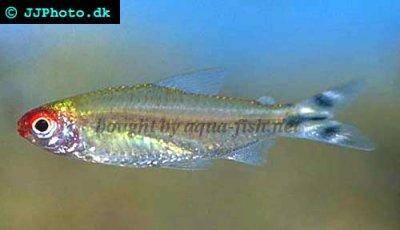

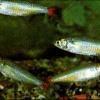 Bloodfin
Bloodfin 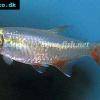 Bloodfin
Bloodfin 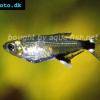 Panda
Panda 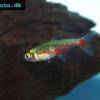 Green
Green 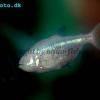 Blind
Blind 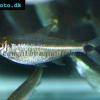 Kennedy
Kennedy 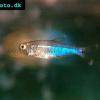 Blue
Blue 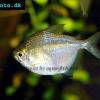 Discus
Discus 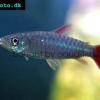 Pink
Pink 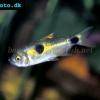 Bucktoothed
Bucktoothed 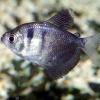 Black
Black 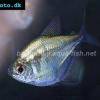 False
False 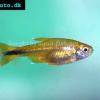 Silver
Silver  Hemigrammus
Hemigrammus 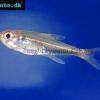 Dash-dot
Dash-dot 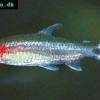 Rummy
Rummy 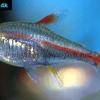 Glowlight
Glowlight 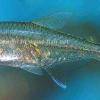 January
January 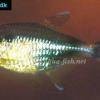 Head
Head 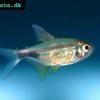 Garnet
Garnet 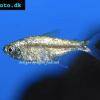 Gold
Gold 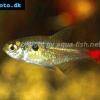 Red
Red 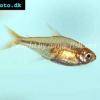 Ember
Ember 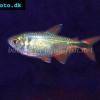 Buenos
Buenos 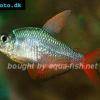 Colombian
Colombian 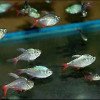 Ecuador
Ecuador 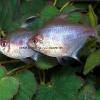 Bleeding
Bleeding 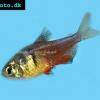 Flame
Flame 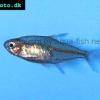 Georgett’s
Georgett’s 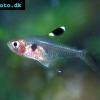 Griems
Griems 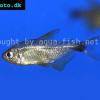 Kitty
Kitty 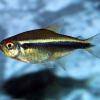 Black
Black 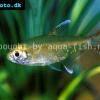 Firefin
Firefin 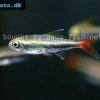 Loreto
Loreto 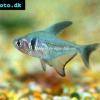 Black
Black 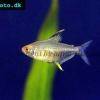 Lemon
Lemon 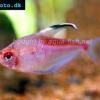 Redback
Redback 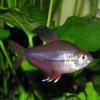 Rosy
Rosy 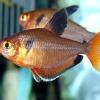 Serpae
Serpae 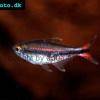 Savanna
Savanna 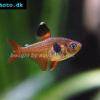 Red
Red 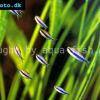 Blue
Blue 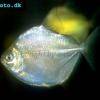 Silver
Silver 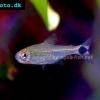 Ceros
Ceros 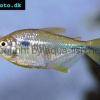 Napo
Napo 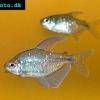 Diamond
Diamond 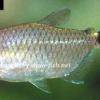 Red
Red 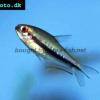 Rainbow
Rainbow 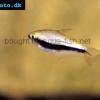 Emperor
Emperor 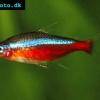 Cardinal
Cardinal 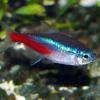 Neon
Neon 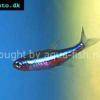 Green
Green 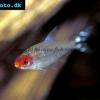 False
False 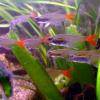 Glass
Glass 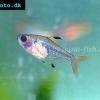 X-ray
X-ray 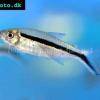 Penguin
Penguin